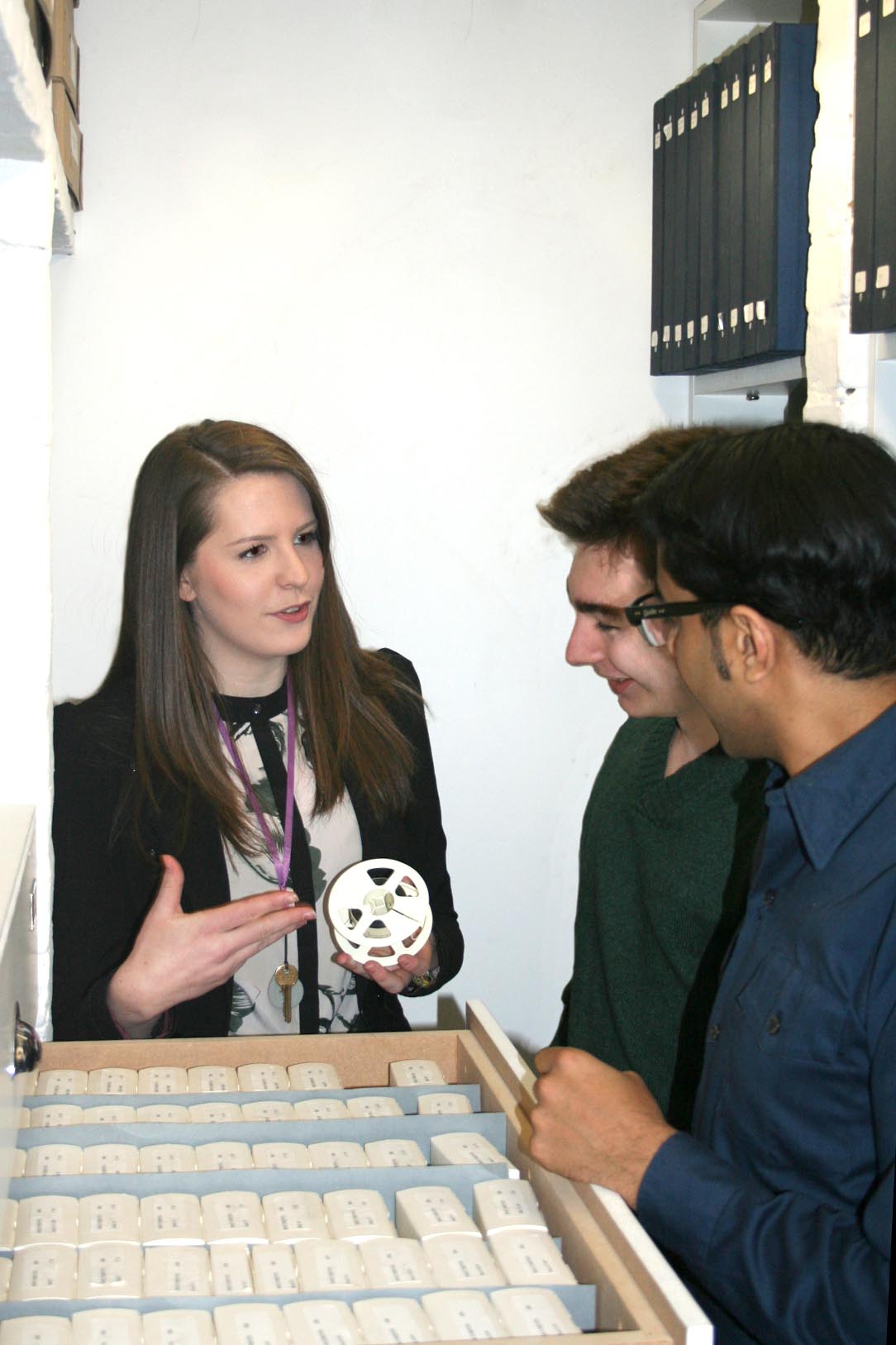How do you interpret a site which is best known for its myths? The University of Reading is being featured on the AHRC website today in a film which examines a recent research project with Glastonbury Abbey, Somerset, UK. Find out more about how Professor Roberta Gilchrist (Department of Archaeology, University of Reading) and a team of experts disentangled a complex web of archival documents and stored objects related to historic excavations at the site (1904 – 1979). Museum Studies Programme Director Dr Rhi Smith appears in the video, talking about her collaboration with the Abbey and the challenges of developing an interpretation strategy which respected the complex history and spiritual significance of the site.
The AHRC have provided the following information on the project:
“The site of Glastonbury Abbey is one of the important ancient heritage sites in the UK.
A focus for many people who value the spiritual and historical resonances of the place, it is best known for its legendary reputation as the burial place of King Arthur and as the earliest Christian foundation in Britain, allegedly founded by Joseph of Arimathea, the great-uncle of Christ, in AD 63.
A team of AHRC-funded researchers, led by Professor Roberta Gilchrist of Reading University, has re-evaluated the history of Glastonbury Abbey and its environs and disentangled the rich but not always accurate myth from historical reality.
Among the findings are: fresh evidence to confirm that the abbey site was indeed occupied in the 5th or 6th century, before the foundation of the Saxon monastery; identification of an early timber building with large post pits associated with fragments of imported Roman amphorae, dated c AD 450-550 and often associated with very high status secular (ie royal) settlement; analysis of glass and metal fragments suggesting that the glass-working furnaces at Glastonbury represent the earliest evidence for significant glass production in Saxon England; and a great deal more.
The project has worked closely with local groups and the general public and outreach activities have been crucial to its work and its findings.
This film examines the new evidence unearthed by the project and how researchers have worked with the Abbey Museum, conservators and the public to explore the history of this rich and extraordinary site.”


